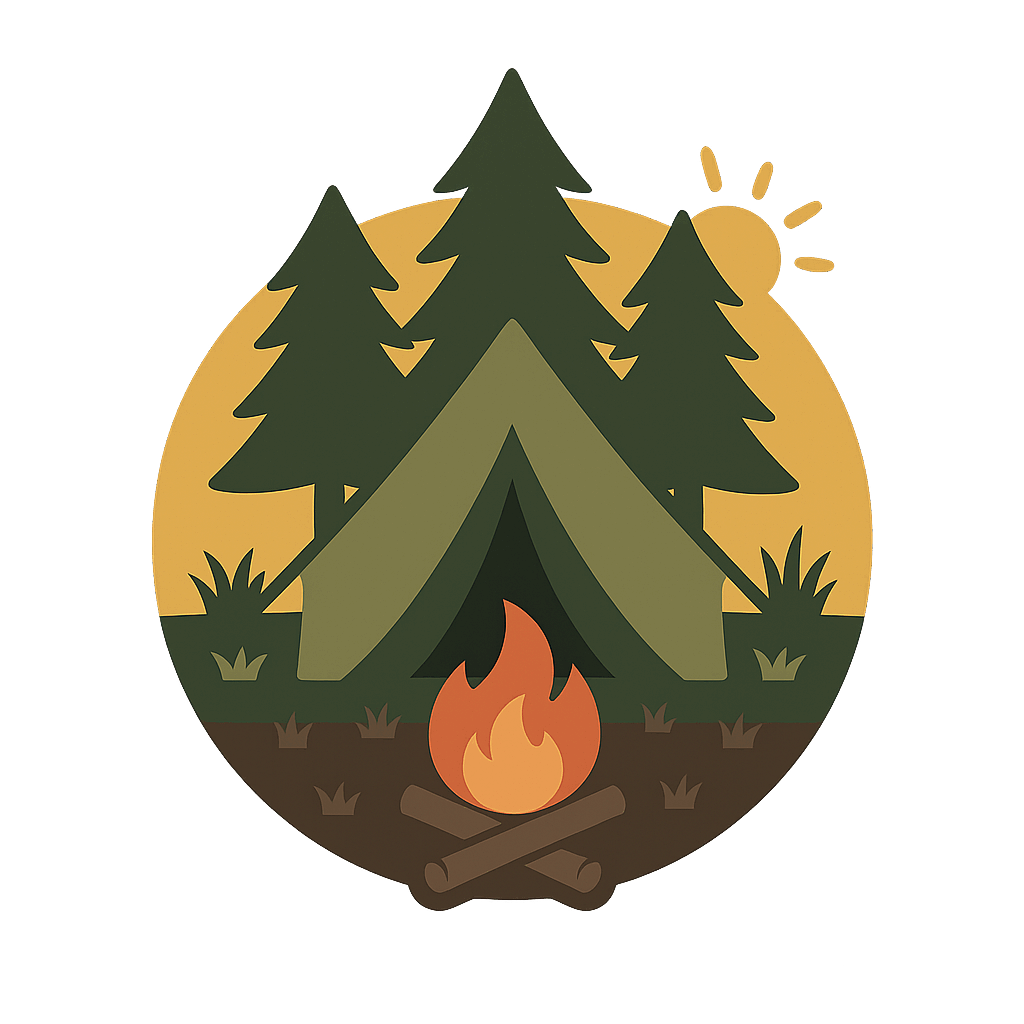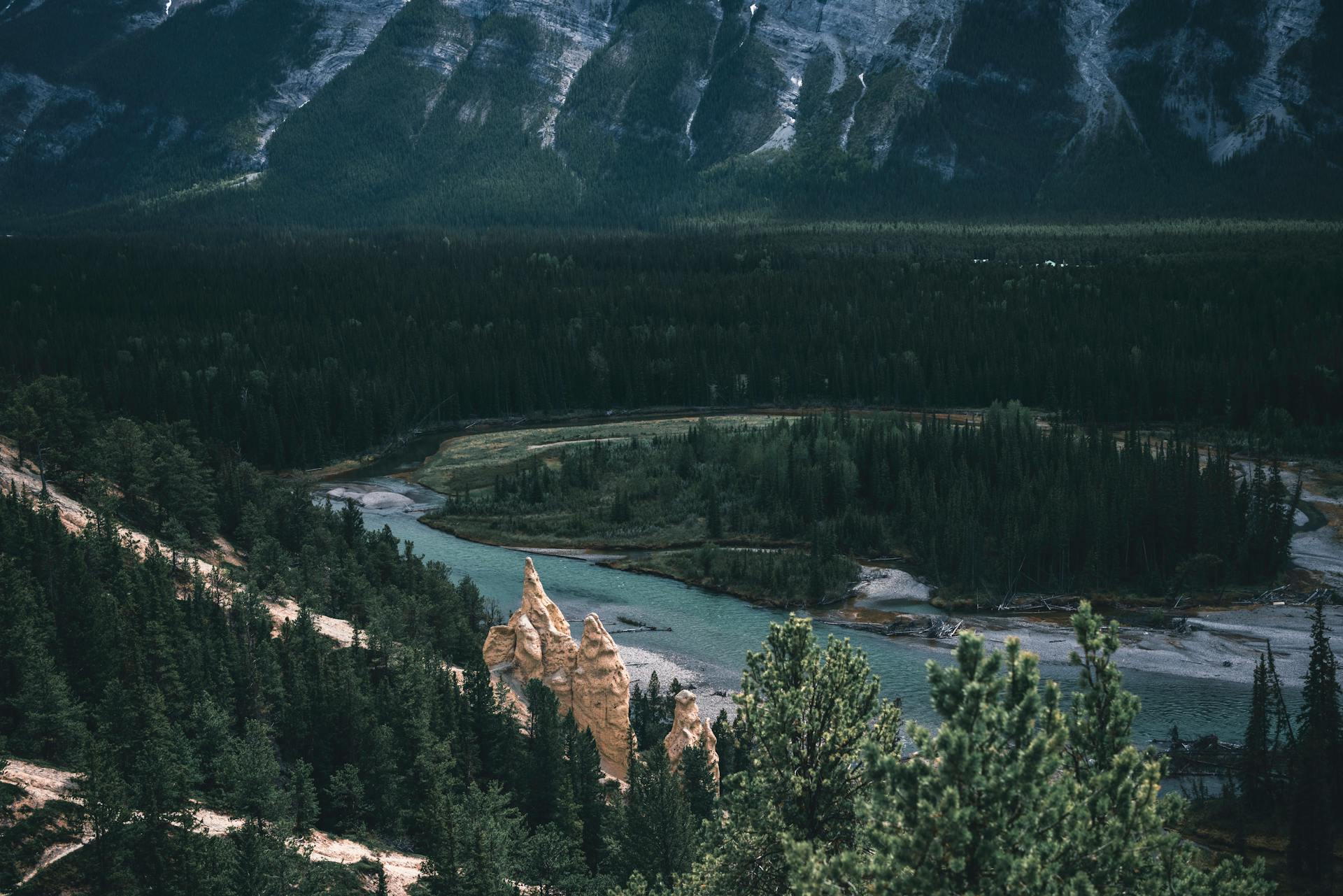Canada is a camper’s paradise, boasting vast expanses of wilderness perfect for outdoor adventures. From rugged mountains to serene lakeshores, Canada offers some of the most stunning landscapes in the world. What’s even better? You can enjoy these natural wonders without spending a dime. Whether you’re a seasoned camper or a novice seeking an adventure, free camping and boondocking in Canada is an experience you’ll never forget. Here’s everything you need to know to make the most of your next outdoor escape.
Why Canada is a Top Destination for Free Camping
Canada is home to endless nature-filled spaces, from national parks to remote wildlands, many of which are accessible for free. With ten provinces and three territories, you can find a range of camping experiences, from isolated backcountry spots to scenic recreational areas. While most of Canada’s camping sites charge fees, there are still plenty of places where you can camp for free. Here’s how to find them.
1. Crown Land: The Ultimate Resource for Free Camping
One of the best ways to find free camping in Canada is by using Crown Land—federally owned land where camping is often free. Crown Land is similar to the Bureau of Land Management (BLM) land in the United States and is one of the most accessible options for boondocking in Canada.
What is Crown Land?
Crown Land is land that belongs to the Canadian government and is open to the public for camping and other recreational activities. This land makes up over 90% of Canada’s wilderness, offering a wealth of camping opportunities across various regions, particularly in provinces like British Columbia, Ontario, and Alberta.
For Canadian citizens, camping on Crown Land is free for up to 21 days, which is ideal for those looking to escape the hustle and bustle of city life. However, non-residents will need to purchase a camping permit, usually costing around $10 per person per day. It’s worth the small fee for the access to vast, untamed wilderness.
Where to Find Crown Land
Crown Land can be found across Canada, but it’s particularly abundant in provinces like British Columbia, where over 95% of the land is Crown Land. To find Crown Land areas in your province, check out official government mapping tools and resources. Here are some of the top resources to help you get started:
- Ontario: The Crown Land Use Policy Atlas (CLUPA) provides an interactive map of Crown Land across the province. Explore CLUPA here.
- Alberta: Alberta’s Recreation on Public Land tool offers detailed maps of Crown Land locations. Check it out here.
- British Columbia: The iMapBC tool is essential for finding Crown Land areas in BC. Use it here.
2. Other Free Camping Options in Canada
While Crown Land is a fantastic resource, it’s not the only option for free camping in Canada. Here are some other alternatives to consider when planning your camping trip.
Recreational Sites
Recreational sites are another great way to camp for free in Canada. These sites are often located in remote wilderness areas and may provide basic amenities like outhouses and fire pits. British Columbia is known for having some of the best recreational sites, though they can be found across the country.
While most recreational sites are free, some charge a small fee of around $15 per night for upkeep and maintenance. It’s important to check with local authorities or websites for up-to-date information before you go.
Municipal Campgrounds
Municipal campgrounds are typically located in towns or near local attractions. While they are less common than other types of free camping, some municipalities offer free camping spots, especially during the off-season. Just like recreational sites, these sites usually come with minimal amenities but are a good option if you’re looking for a quick and easy place to camp.
Boondocking at Truck Stops and Walmarts
For those on the move, truck stops and some Walmart parking lots can be ideal for one-night stays. These places typically allow RVs, vans, and campers to park overnight. However, always check with the store management to ensure overnight parking is permitted. Though this option may lack the serenity of wilderness camping, it provides a convenient and safe place to rest.
3. How to Find Free Campsites
The internet has made it easier than ever to locate free campsites across Canada. In addition to Crown Land and recreational sites, there are other tools and resources that will help you pinpoint your next free campsite.
- Backroad Mapbooks: This guidebook is a must-have for outdoor enthusiasts, offering detailed maps of free camping areas throughout Canada, including Crown Land locations.
- Freecampsites.net: This user-driven website lists free and low-cost campsites across North America, including Canada.
- Official Provincial and Territorial Websites: Each Canadian province and territory has its own resources for finding free camping sites. Check out the websites for specific regions you’re interested in to find the most up-to-date information.
4. What to Know Before You Go
While free camping in Canada can be an amazing experience, there are a few things you should know before embarking on your adventure.
Be Prepared to Be Self-Sufficient
Many free campsites are undeveloped or offer only the most basic facilities. Be prepared to bring your own water, food, and camping gear. Boondocking—camping without hookups—requires self-sufficiency, so ensure your vehicle is equipped for off-grid living. This includes having enough water, food, and a portable toilet, as well as ensuring your vehicle can handle rough terrain.
Practice Leave No Trace
Canada’s wilderness is pristine, and it’s crucial to leave it that way. Follow Leave No Trace principles by packing out all your trash, staying on designated paths, and minimizing your environmental impact. Reuse existing campsites if possible to reduce the pressure on new areas.
Respect Private Property
While Crown Land is public, much of Canada’s land is privately owned. Always be mindful of property boundaries, and never camp on private land without permission. If you encounter signs that indicate private property or no camping, respect them and find another location.
Stay Safe
Canada’s wilderness can be unpredictable, so ensure you’re well-prepared for your camping trip. This includes understanding the weather, being aware of wildlife (especially bears), and following safety guidelines for backcountry camping. Always let someone know your travel plans before heading into remote areas.
5. Top Tips for a Successful Free Camping Experience in Canada
- Plan Your Route: Make use of online tools like RV Trip Wizard to plan your journey and find nearby free campsites along your route.
- Be Flexible: Some free campsites can be hard to find, so keep an open mind and have backup options in case your first choice isn’t accessible.
- Know the Regulations: Each province and territory has different camping rules and regulations. Be sure to familiarize yourself with the local guidelines before setting up camp.
Conclusion
Free camping and boondocking in Canada offer some of the most memorable and rewarding outdoor experiences available. By utilizing resources like Crown Land, recreational sites, and municipal campgrounds, you can explore the great outdoors without worrying about expensive fees. Always be prepared, follow Leave No Trace principles, and respect the natural environment, and you’ll have the adventure of a lifetime.
Start planning your next Canadian camping trip today and get ready to immerse yourself in the breathtaking wilderness, all for free!

